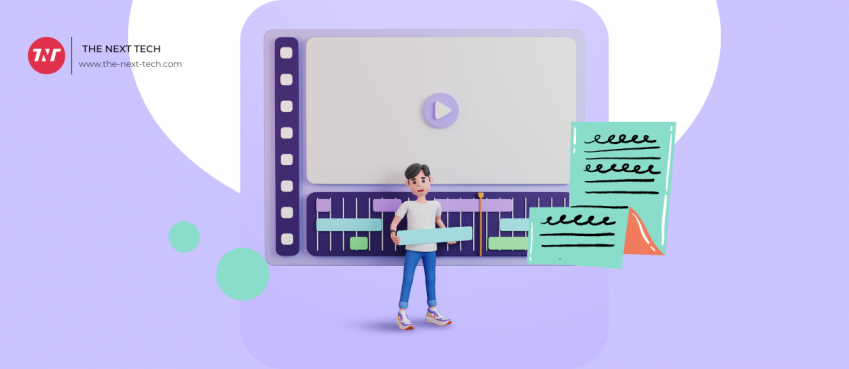
Artificial intelligence (AI) is dipping into every industry, and there are several where it could have significant positive impacts. Optical systems like microscopy have been slowly advancing for centuries and could be evolving again with the inclusion of AI. Age-old industry challenges could dissolve, and a new era of advanced next-generation optics with AI solutions could change the sector for good. Here are some ways AI can improve optics for medical professionals and the patients who rely on them.
Why Does the Optics Industry Need AI?
Microscopy technologies are intricate, comprising numerous high-tech components. There are lasers and cameras in addition to phase shifters and scales. Forging a capable device is possible, but calibrating it for every unique application remains cumbersome and time-consuming.
AI could automate this process, configuring parameters as needed for each case study. The functionality would enhance research by making it more precise and the test areas more customizable. There could be fewer unknowns and margins for error. This would be helpful for active research and also for training the next generation of the optics workforce by making tech more accessible.
Image analysis is also hit-and-miss because some observations rely on subjectivity. AI-enhanced computer vision could categorize images more accurately by noticing the tiniest deviations in light or seeing similarities in different photos regardless of sample density. It could also peel through optical noise, which would be helpful when a large sample size is needed.
Also read: 10 Best AI Text To Speech Generator (October 2024)What Innovations Are Driving AI-Powered Optics?
AI’s strength lies within its ability to harness the benefits of numerous technologies simultaneously, improving optics. This includes:
- Machine learning algorithms
- Robotics
- Deep learning
- Augmented and virtual reality
- Automation
Consider a recent innovation in Germany, where advanced optics were deployed to tackle cancer surgery. Doctors struggle in these delicate situations because they might damage healthy tissue. AI-powered optics gave more precise insights into tissues surrounding the tumour, such as the chemical structure, for easy identification. This allowed the medical experts to make each cut with confidence.
Another AI-based optics experiment discovered a way to navigate more niche design spaces. There are so many configurations that it is difficult for experimenters to know the potential of any scientific endeavour. The power of AI created a framework called XLuminaA, which discovers configurations at a fraction of the time by using boosted computational speeds and automation. It could help parse everything from light matter to clinical images.
What Could the Future Hold?
AI-powered optics influences more than biological studies and materials science. The improved clarity could advance sectors like chemical processing or electronics manufacturing. For example, semiconductors have been in short supply for years. Makers cannot afford defects from poor etching. AI-powered optics could make laser-induced plasma etching an even more reliable way to fabricate the world’s smallest machines.
While it increases precision to reduce waste and defects, next-generation optics with AI solutions could also optimize many industries like medicine. Smarter imaging paired with advanced machine learning about patient information could recommend diagnostics and treatment plans unique to the individual. It could suggest multiple outcomes based on the likelihood of what the image contains, boosting disease detection rates.
This level of personalization could translate into even more sectors. As witnessed with processing innovations like the XLuminaA, research advancements will soar based on AI’s ability to generate multiple calibrations and design outcomes.
Also read: Top 10 Trending Technologies You should know about it for Future DaysSeeing the Future
Optics applications span industries, impacting everything from industrial machines to human bodies. Empowering these devices with AI propels countless experts forward into a new age of clear imagery and data integrity. Professionals must embrace it into their workflows so they can learn as much as possible soon. The more time it has to work now, the better optics will be tomorrow.
Top 10 News
-
01
[10 BEST] AI Influencer Generator Apps Trending Right Now
Monday March 17, 2025
-
02
The 10 Best Companies Providing Electric Fencing For Busines...
Tuesday March 11, 2025
-
03
Top 10 Social Security Fairness Act Benefits In 2025
Wednesday March 5, 2025
-
04
Top 10 AI Infrastructure Companies In The World
Tuesday February 11, 2025
-
05
What Are Top 10 Blood Thinners To Minimize Heart Disease?
Wednesday January 22, 2025
-
06
10 Top-Rated AI Hugging Video Generator (Turn Images Into Ki...
Monday December 23, 2024
-
07
10 Top-Rated Face Swap AI Tools (Swap Photo & Video Ins...
Friday December 20, 2024
-
08
10 Exciting iPhone 16 Features You Can Try Right Now
Tuesday November 19, 2024
-
09
10 Best Anatomy Apps For Physiologist Beginners
Tuesday November 12, 2024
-
10
Top 10 Websites And Apps Like Thumbtack
Tuesday November 5, 2024







